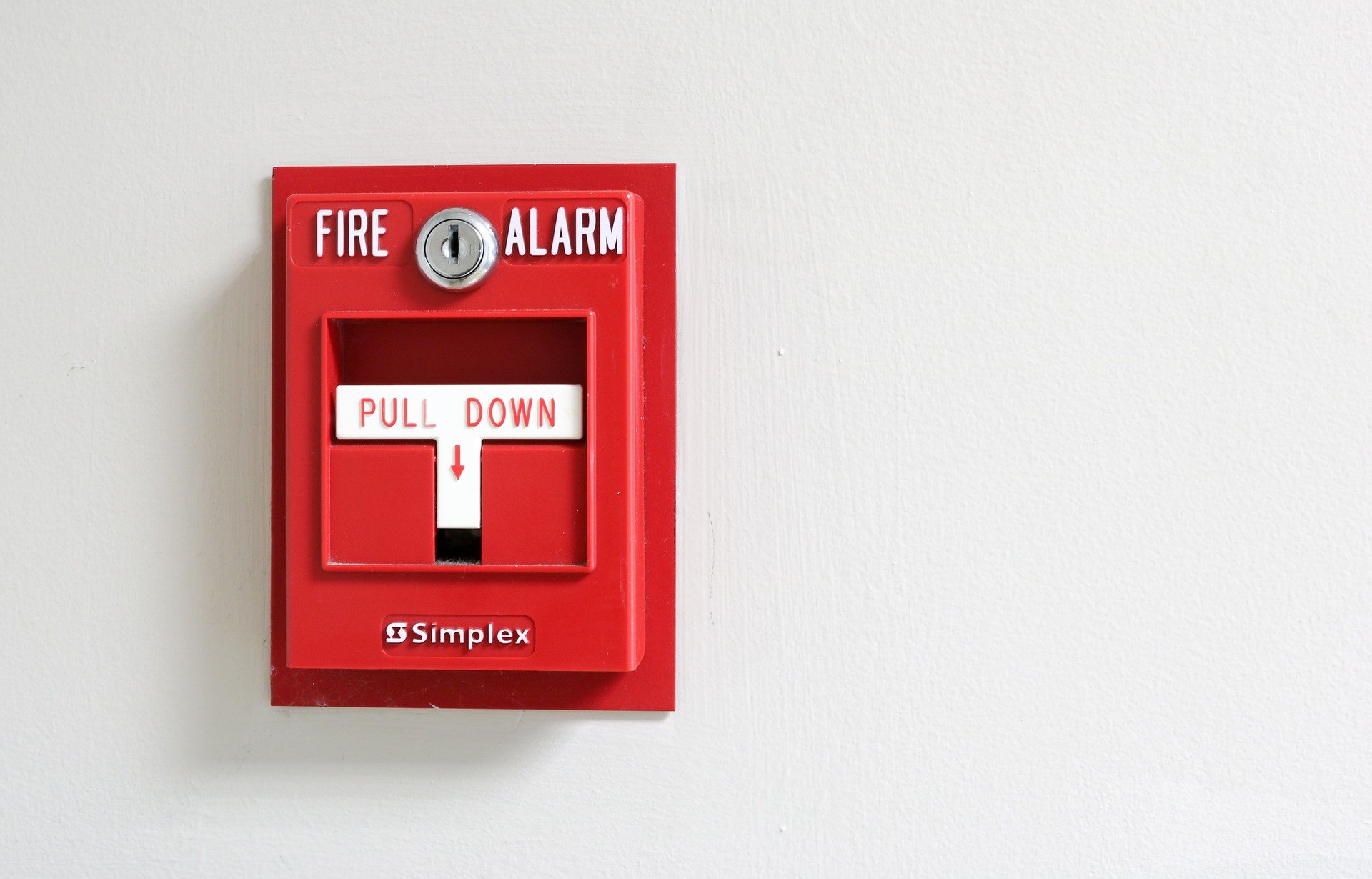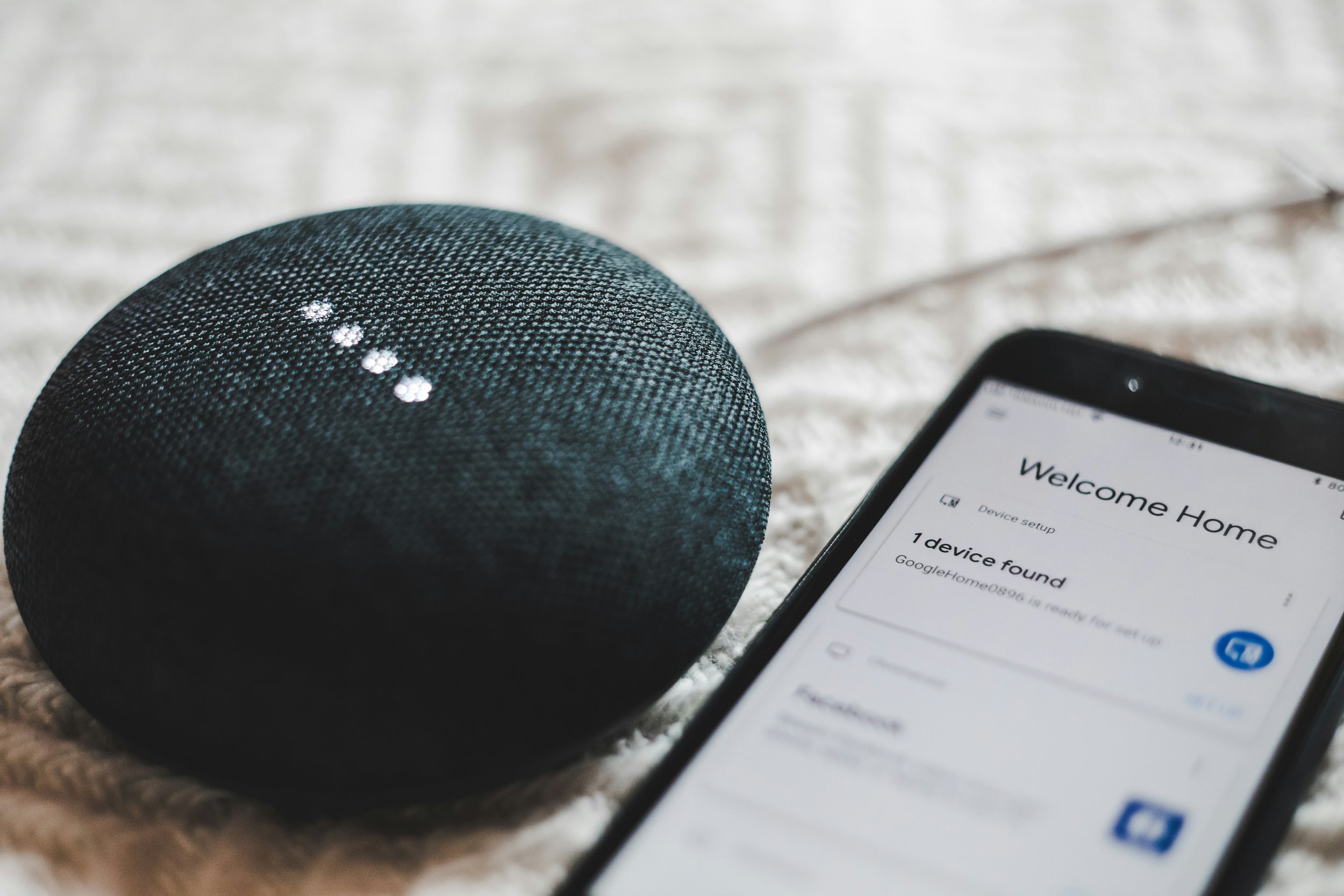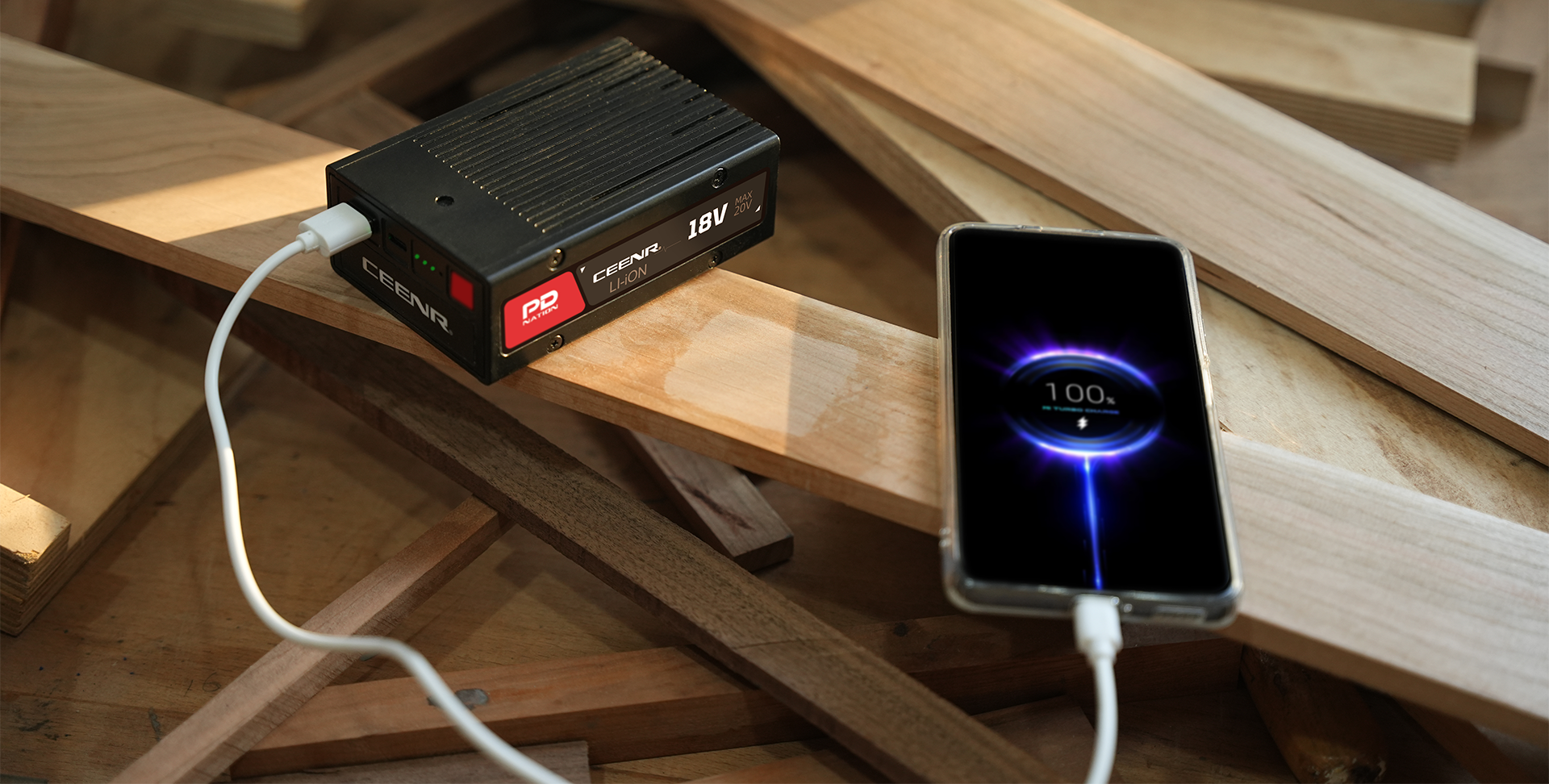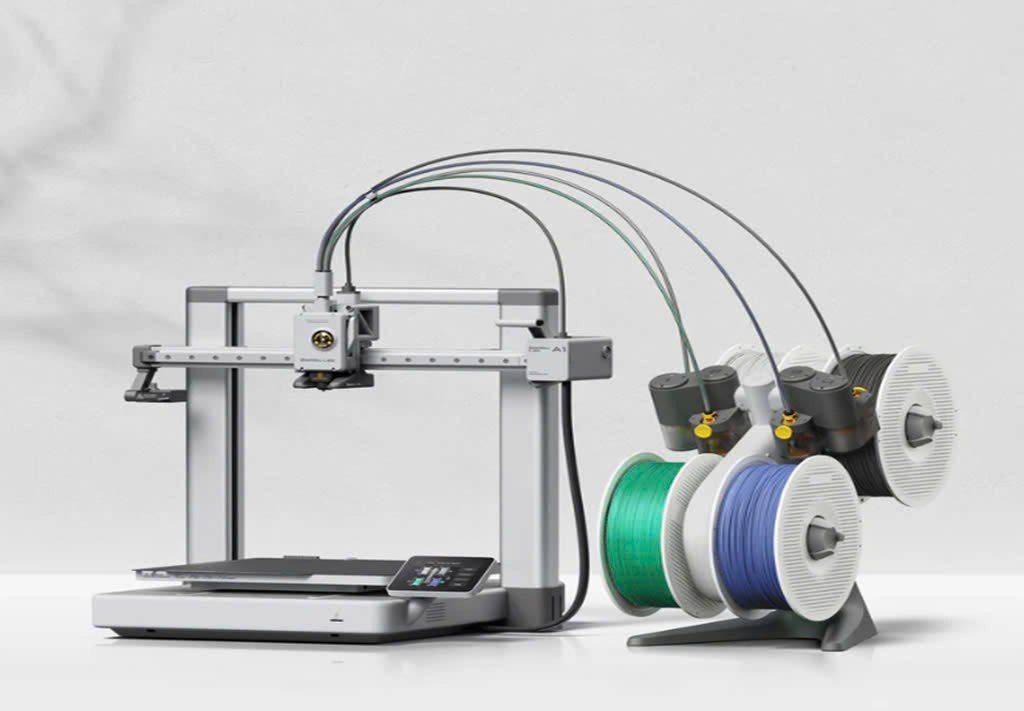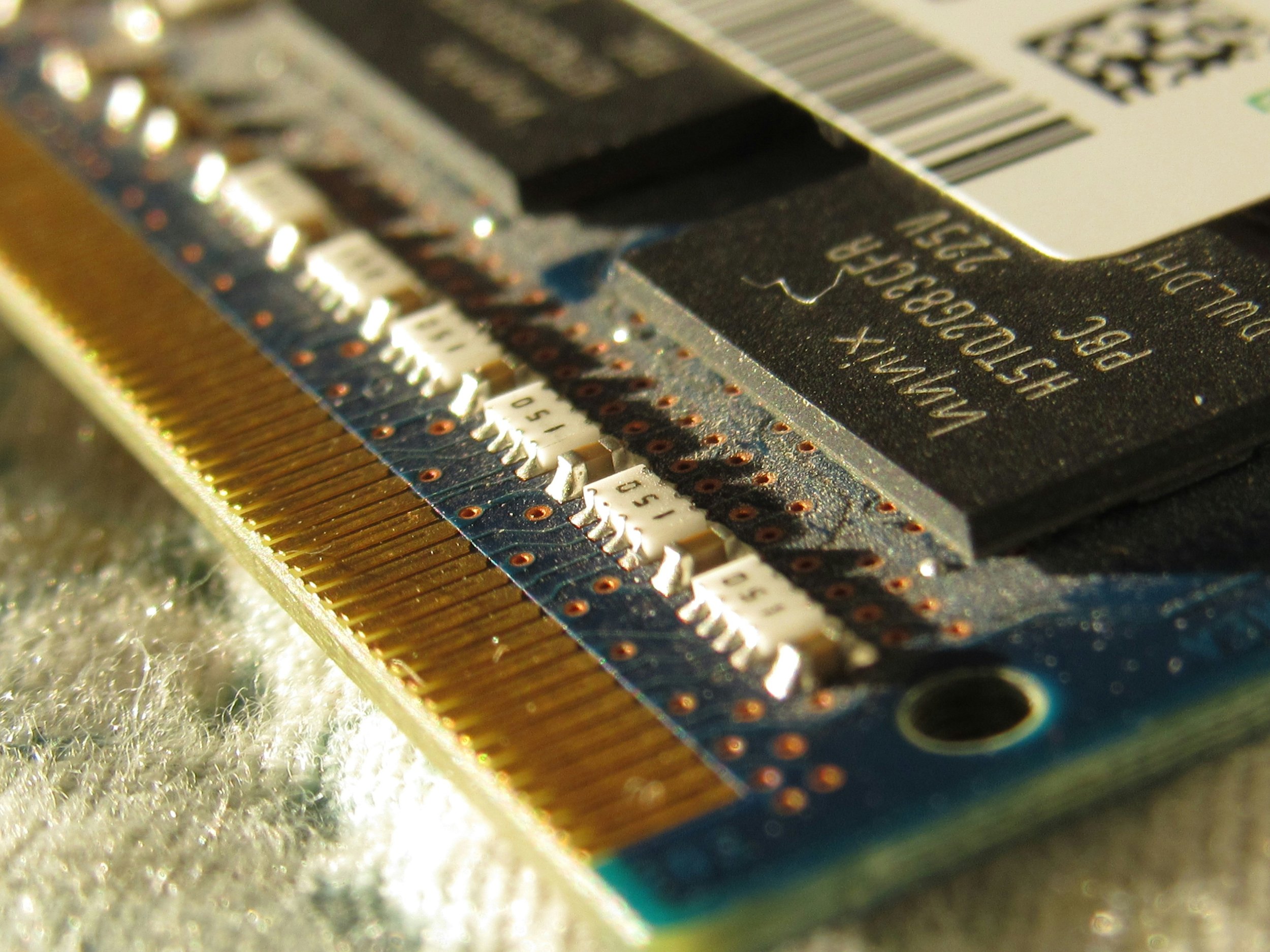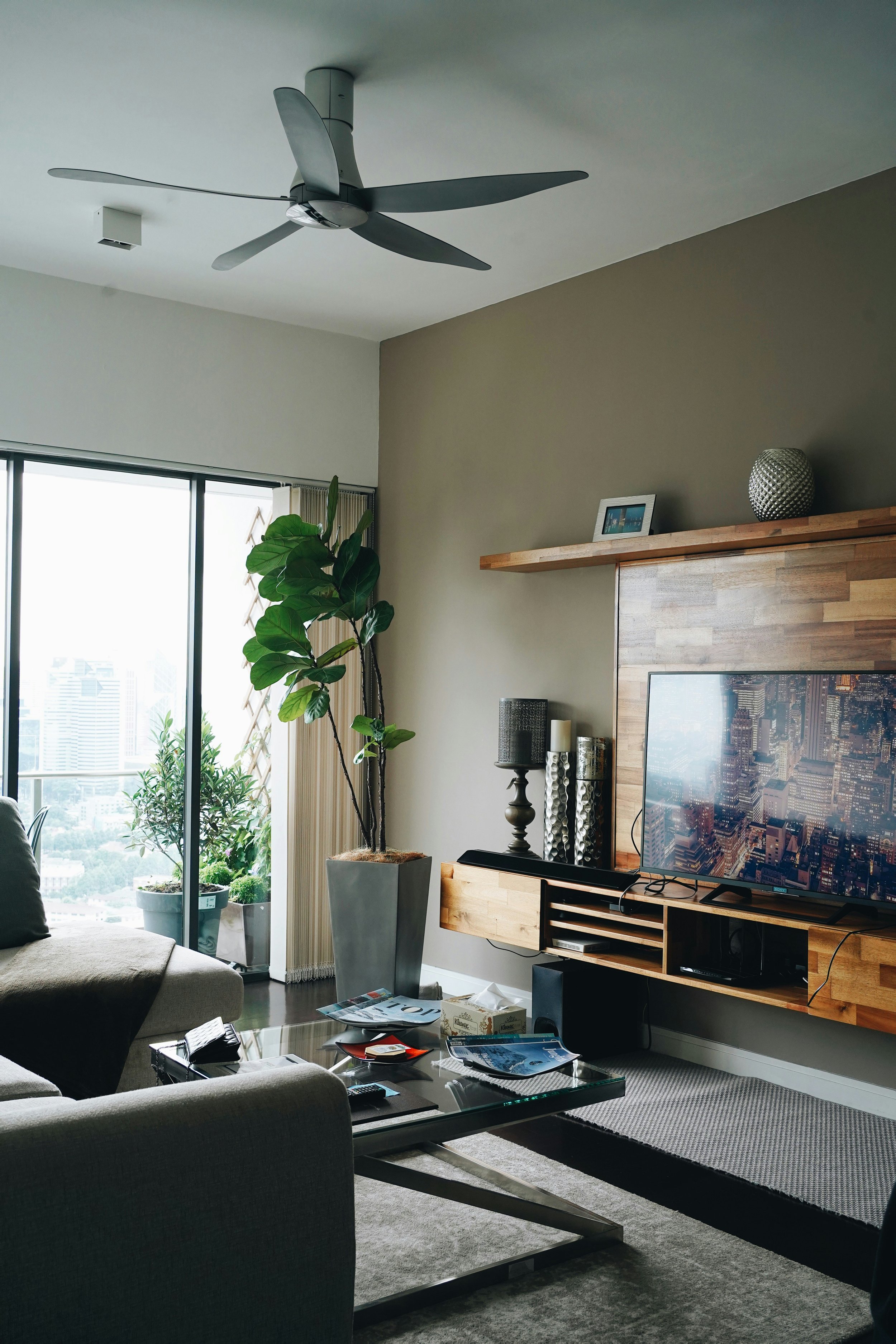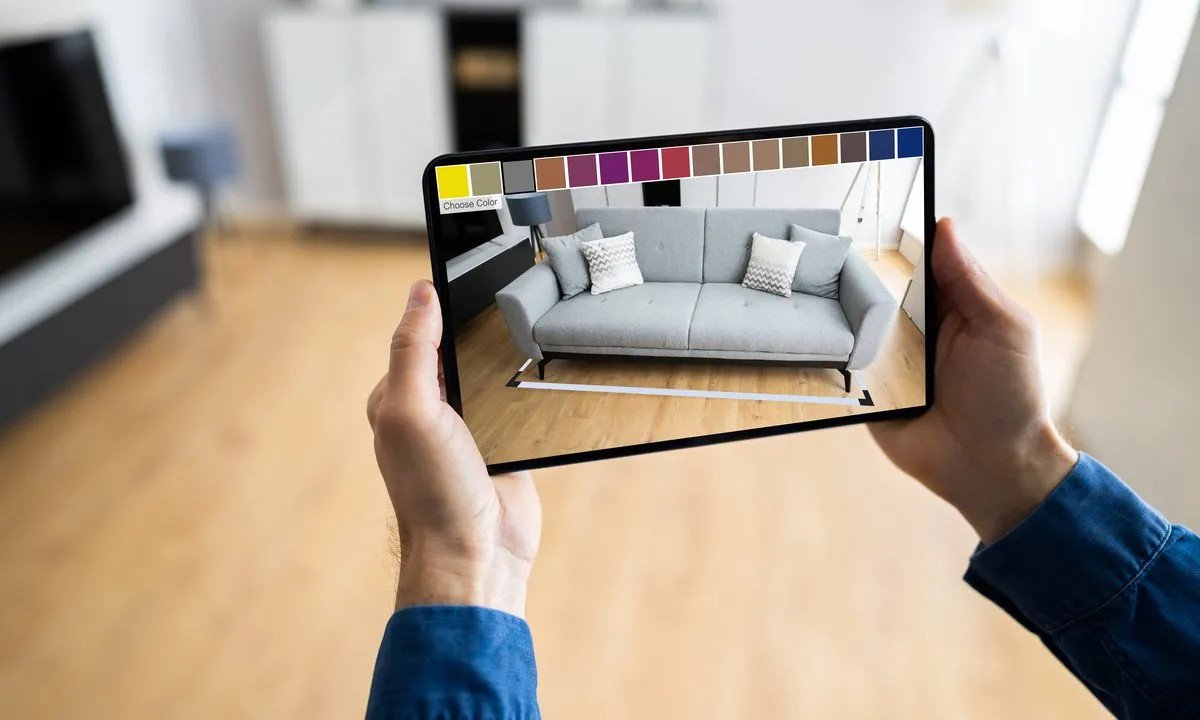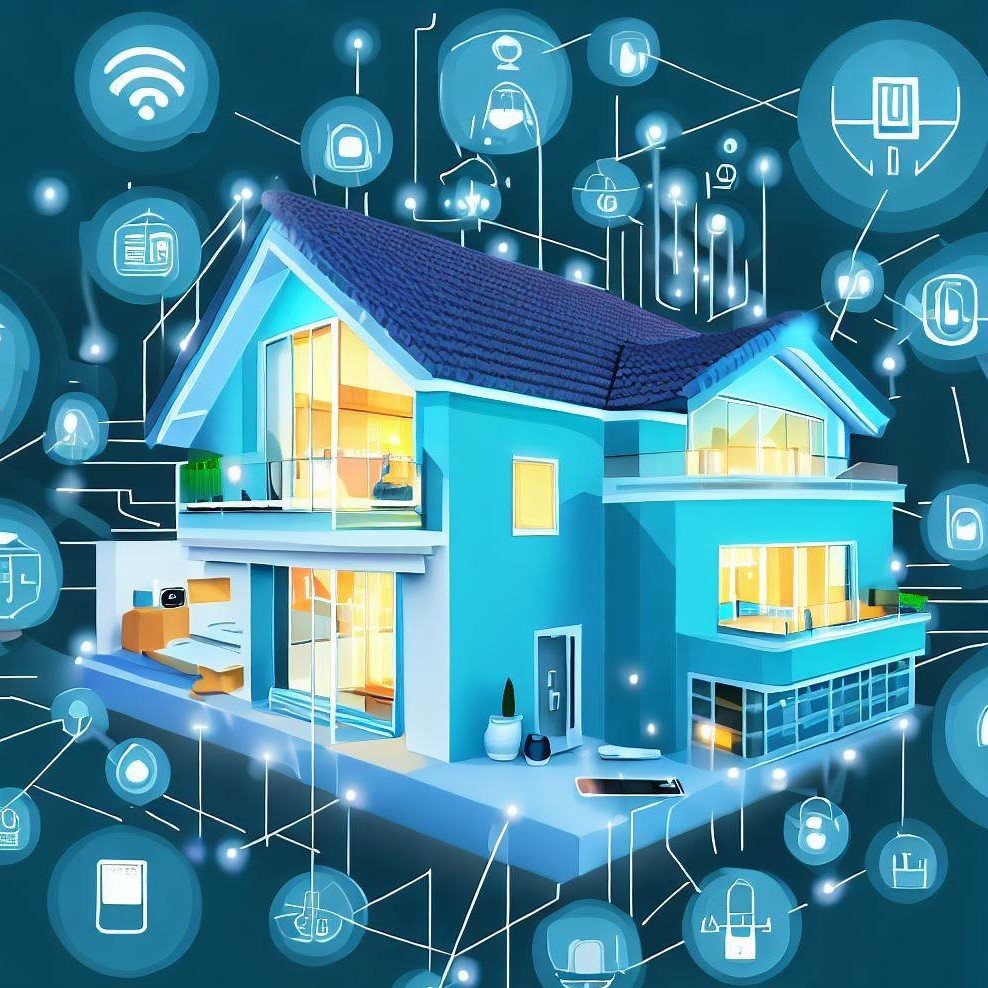How to Integrate Fire Safety Tech into Smart Home Systems
Learn how to integrate fire safety technology into your smart home systems for enhanced protection and peace of mind.
Fire safety tech is evolving faster than most people realize. What used to be simple smoke alarms has transformed into a sophisticated ecosystem of sensors, automated extinguishers, and AI-driven alerts.
These advancements seamlessly integrate with smart home systems to create safer living environments without sacrificing convenience.
Modern homeowners now have the ability to control everything from early warning detection to direct emergency service notifications through centralized platforms like Alexa or Google Home.
If you're looking to incorporate fire safety technology into your smart home setup, here are some tips to help you get started.
Leverage Smart Smoke and Carbon Monoxide Detectors
Smart smoke and carbon monoxide detectors are essential in any modern home setup. Unlike traditional alarms, they connect directly to your smart hub, sending instant alerts to your smartphone or voice assistant.
More advanced systems can automatically notify emergency services when triggered, reducing response times significantly. Many brands even integrate with other devices like smart thermostats to control airflow during emergencies.
Smart detectors also allow homeowners to monitor battery levels remotely. This eliminates the need for those annoying low-battery chirps in the middle of the night while ensuring 24/7 protection without disruption.
Automate Fire Suppression Systems with IoT Capabilities
Modern fire suppression systems go beyond basic sprinklers. Now, homeowners can install IoT-enabled solutions that automatically trigger when high temperatures or smoke are detected.
Integrating such systems into a smart home network ensures they work seamlessly with other safety features like alarms and security cameras. For example, your system could cut off power to certain appliances during an emergency while activating lights for better visibility.
Additionally, some advanced fire suppression setups allow remote control via smartphone apps. This gives users the ability to manually activate the system even when away from home—a feature that proves useful in managing potential hazards before they escalate into full-blown emergencies. Also, if you are not sure how to do it, might as well opt for experts, like the fire protection Los Angeles to guide you.
Connect Smart Home Platforms to Emergency Services via APIs
Smart homes are no longer limited to internal monitoring. Thanks to API integrations, your home system can directly connect with emergency services in case of a fire.
Many modern platforms, such as Ring and SimpliSafe, offer third-party service connections that trigger automatic notifications to local authorities when smoke or heat sensors activate. This eliminates delays caused by waiting for someone onsite to call 911.
API-based setups also enable real-time data sharing, allowing responders quicker access to critical information like floor plans or hazardous material locations. With more efficient response times and improved situational awareness, these integrations provide an extra layer of safety beyond the basic alarm systems traditionally found in homes.
Integrate Heat-Sensitive Cameras for Enhanced Early Detection
Standard smoke detectors work well, but heat-sensitive cameras take fire detection to another level. These cameras detect rising temperatures before flames even start, identifying potential fire hazards early.
When linked to a smart home system, the data from these devices can be processed in real-time. If irregular temperature spikes are detected, the system can trigger warnings or activate automated responses like shutting off appliances or turning on ventilation systems.
For larger properties or homes with specific risk areas, like kitchens and garages, heat-sensitive cameras offer tailored solutions that smoke alarms alone can't cover. This tech adds extra precision when monitoring for fires and could prevent incidents before they fully develop.
Utilize Voice Assistants to Control Fire Safety Devices Remotely
If you only use voice assistants for simple tasks like turning on lights, you're missing out. Voice assistants like Alexa and Google Home can manage fire safety devices as well, providing control at your fingertips, even when you’re not home.
Once integrated with smoke detectors or fire suppression systems, voice commands can trigger emergency procedures. For instance, telling Alexa to “activate emergency mode” could initiate alarms and alert contacts while cutting off power to risky appliances.
Plus, remote control via apps linked to these voice assistants gives you more flexibility. If a smoke alarm goes off while you're away, you can disable false alarms or escalate real threats through voice commands over your smartphone.
Consult Professional Fire Safety Tech Installers
Homeowners often overlook professional consultation when setting up fire safety tech. DIY installations can sometimes lead to incomplete integrations or overlooked vulnerabilities, particularly with complex systems like IoT-enabled sprinklers or heat-sensitive cameras.
Professional installers from companies like Park Sales & Service Inc specialize in optimizing these technologies within smart home ecosystems. They assess each property's unique risk factors and ensure seamless connectivity between devices, offering solutions that work smoothly with existing platforms like HomeKit or Google Nest.
Experts also stay updated on local fire codes and insurance requirements, making sure everything is compliant while delivering the best performance possible. Collaborating with them ensures peace of mind knowing your system is both reliable and expertly integrated into your home's network.
Parting Shot
Fire safety tech has moved far beyond basic alarms. It’s time to make it part of your everyday smart home experience, not just something that sits on the wall and waits for disaster.
Integrating advanced tools gives you real-time control, even when you're miles away. Whether through voice assistants or pro installers, upgrading fire safety means peace of mind wrapped in convenience.
